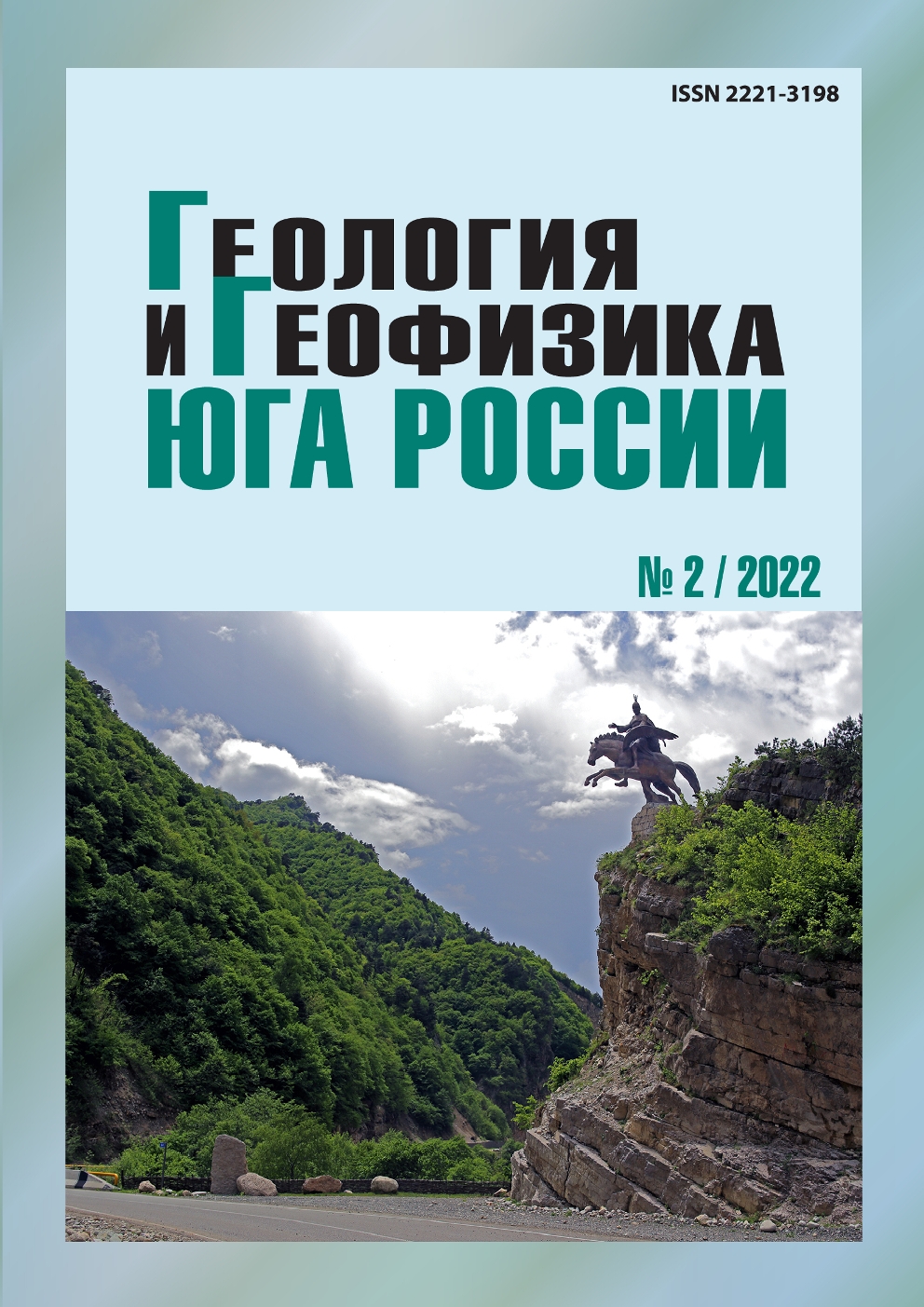Time variability of surface hydrochemical runoff in the Bolshoi Yegoryk River basin under anthropogenic influence and climate change
Abstract
Relevance. Under conditions of insufficient moisture in the territory, the role of water resources is extremely important in solving domestic, agricultural, fisheries, energy, and production tasks. The variability of the surface hydrochemical flow of rivers serves as an indicator of the processes of river basin functioning. Aim. The purpose of the study was to investigate the temporal variability of hydrochemical flow of the Bolshoi Yegorlyk River, considering the anthropogenic component and climate change. Methods. To calculate the volume of hydrochemical runoff, a methodology was used to determine the removal (transport) of pollutants with river runoff, based on the product of the volume of water runoff and the average concentration of the analysed substance over a certain time interval. Results. The runoff of the main ions (on the sum of ions), organic substances, biogenic elements, and heavy metals for the period 2003-2019 was calculated. The peculiarities of long-term variability of hydrochemical runoff in the basin of the Bolshoi Yegorlyk River are considered. Particular attention is paid to the influence of climatic conditions and regional sources of anthropogenic impact on the state of the watershed and the formation of the chemical runoff of the river. The analysis of the obtained results has shown the influence of regional facts on hydrological-hydrochemical processes within the river basin. It was shown that the leading factor of negative impact in the river basin is intensive agricultural activities and fertilizer regime, which caused the increase of nitrite nitrogen flow and reduction of phosphorus phosphate flow. The impact of regional factors such as increasing aridisation processes within the catchment area and decreasing water availability caused a significant increase in the discharge of major ions and iron compounds. The influence of diffuse inflow of certain components into the river network was manifested in an increasing trend of changes in the runoff of copper and zinc compounds due to depletion of the soil cover because of water and wind erosion. The dynamics of organic substances and ammonium nitrogen runoff has no clear direction. The most pronounced exceeding of the normative flow was characteristic of the main ions, nitrite nitrogen, iron and copper compounds in the basin of the Bolshoi Yegorlyk River.


